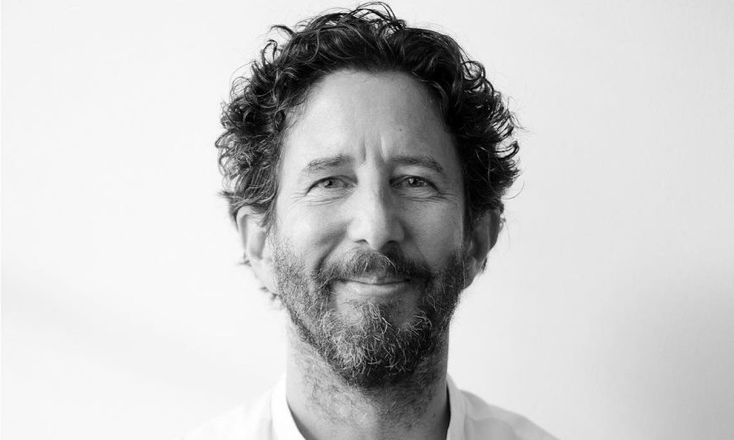José Roca Photo: Federico Bottia
The Smithsonian’s Hirshhorn Museum and Sculpture Garden has appointed the Colombian curator José Roca as its inaugural curator of Latin American and Latin Diasporic Art. The role is sponsored by the arts philanthropist Estrellita B. Brodsky, who was elected as chair of the museum’s board earlier this year and has been serving as a trustee since 2022.
In a statement to The Art Newspaper, Brodsky says Roca is a “scholarly and experienced curator who possesses a deep knowledge of Latin American art and extensive international experience”. She adds that the museum’s 50th anniversary this year is the “perfect time to reflect on the Hirshhorn’s world-class international collection and exhibitions over the past decades, and define a roadmap for the future”.
Brodsky—a longtime scholar, collector and advocate of Latin American art—also sponsored Roca’s position as the adjunct curator of Latin American art at the Tate in London, a position he held between 2012 and 2015. In the role, Roca assisted in overseeing acquisitions and donations of works by artists like Beatriz González, Gego, Cecilia Vicuña, Marta Minujín, Daniel Steegmann Mangrané and others.
Working closely with the Hirshhorn’s chief curator Evelyn Hankins, Roca will be tasked with bolstering the museum’s collections and exhibitions of 20th- and 21st-century art from Mexico, the Caribbean, Central America and South America. According to Roca, the term “Latin American art” is challenging to define, as it “describes a geographic and demographic region as culturally diverse as Europe, Asia or Africa”.
“If the task of defining the region was daunting before, it is now even more difficult because voluntary or forced migration has erased the notion of locality. Artists work globally and many don’t have a situated practice or studio, working in residencies or through commissions,” Roca says. “Who can be considered Latin American and what are the parameters to do so? There’s no common denominator or across-the-board rule.”
The Hirshhorn Museum and Sculpture Garden on Independence Avenue in Washington, DC Courtesy of the Hirshhorn. Photo: Rick Coulby
He adds that the museum’s collection of more than 13,000 works holds important examples from Latin America, but “more significant contemporary pieces should be acquired to complement an existing core of Modernist masters”, he says.
From 2012 to 2022, Roca ran the contemporary art space Flora ars+natura in Bogotá, which he co-founded with his partner, Adriana Hurtado. The space focused on exploring the intersection of art and nature and was launched as a short-term residency programme (with some residents including Mark Dion and Barthélémy Toguo) before it expanded to encompass a practice-based independent study programme that granted artists, critics and curators a studio in Bogotá (participants included Coco Fusco and Cuauhtémoc Medina).
In 2020, Roca was appointed artistic director of the 23rd Biennale of Sydney. He returned to Colombia in 2022 and closed Flora, which had struggled to maintain its programming after the pandemic. In between, in 2019 Roca organised the inaugural exhibition of El Espacio 23 in Miami, the contemporary art space that collector Jorge M. Pérez founded in the Allapattah neighbourhood to host rotating exhibitions of his collection.
Roca has served in other notable roles, including as the curator of the Lara collection in Singapore between 2012 and 2020; as the curator of the 27th Bienal de São Paulo in 2006 and as the head curator of the eighth Bienal do Mercosul in Porto Alegre in 2011. He has published several books on Latin American art, including Transpolitical: Art in Colombia 1992-2012 in collaboration with Sylvia Suárez.
Since returning to Colombia in 2022, Roca has been residing on a farm near Bogotá, and he will not relocate to Washington, DC, for his role at the Hirshhorn. “For years, I have been working on issues like the rights of non-human entities, rivers and other bodies of water, (…) as well as the complex relationships between the colonial project and the discourses of science, botanics and politics— themes that many artists in Latin America and its diaspora have taken upon,” Roca says. “These interests will surely inform my role at the Hirshhorn.”
In a statement, the Hirshhorn’s director, Melissa Chiu, says Roca arrives at the museum at a “critical moment”, as it “reimagines our campus design and collections depths to increase access to the nation’s collection of modern and contemporary art”. His appointment “expands our curatorial team with a focus toward fulfilment of our mission”.

